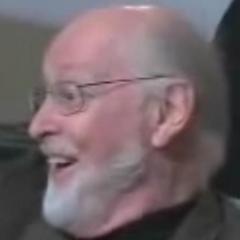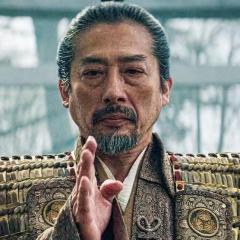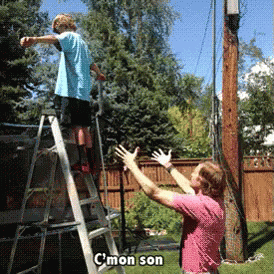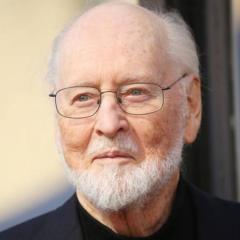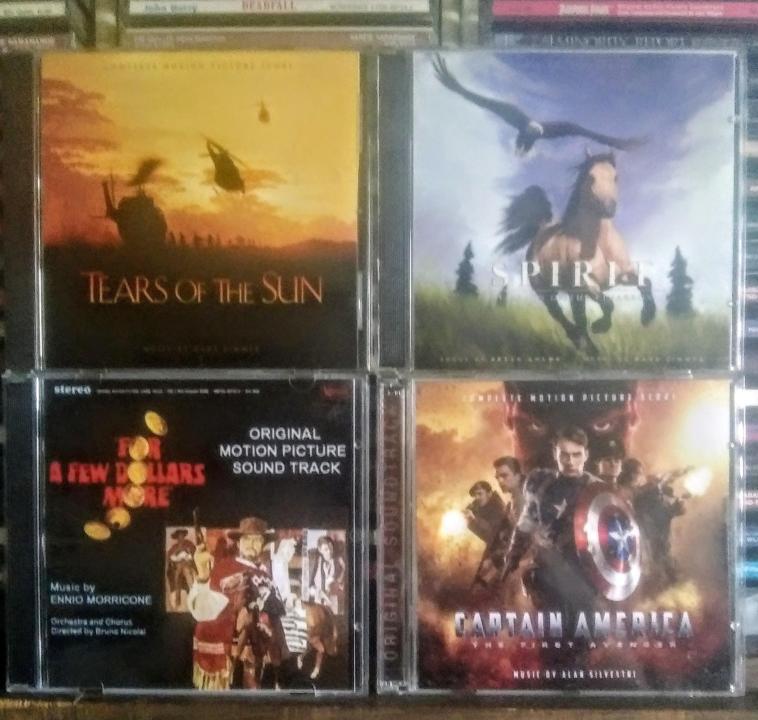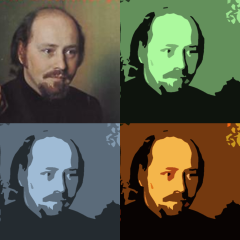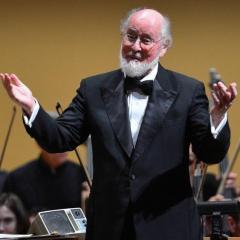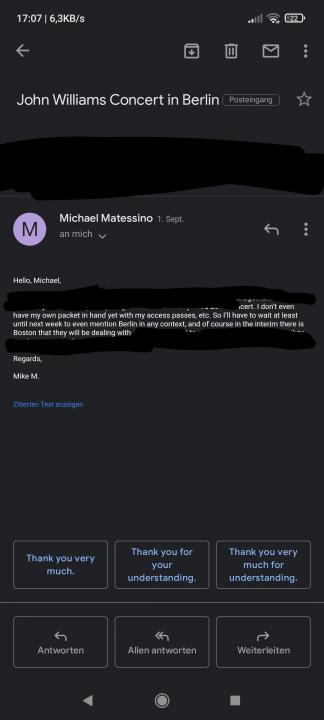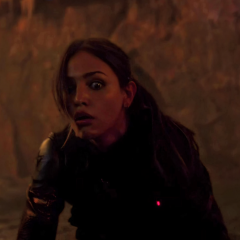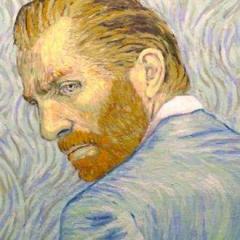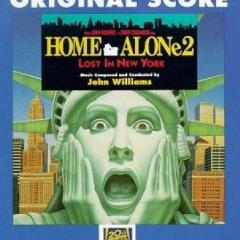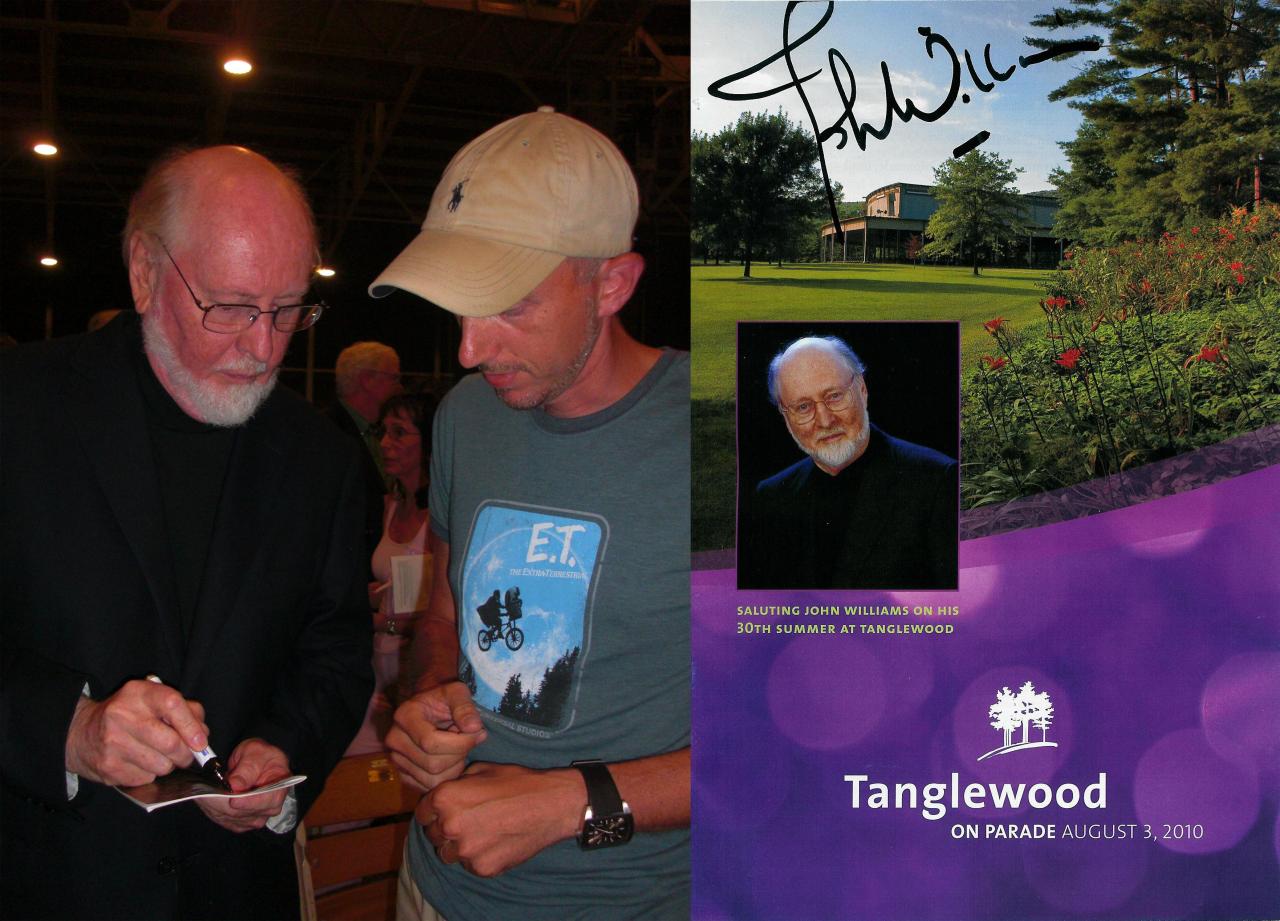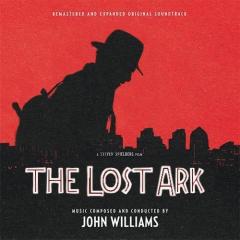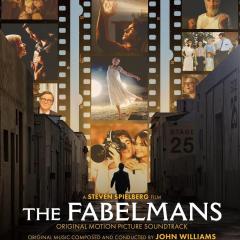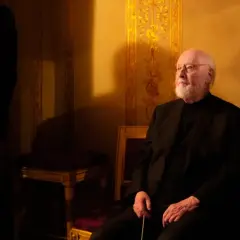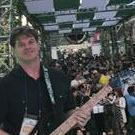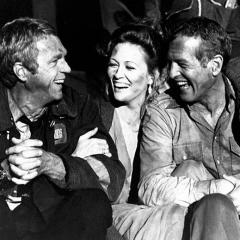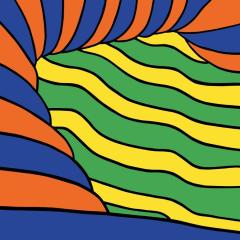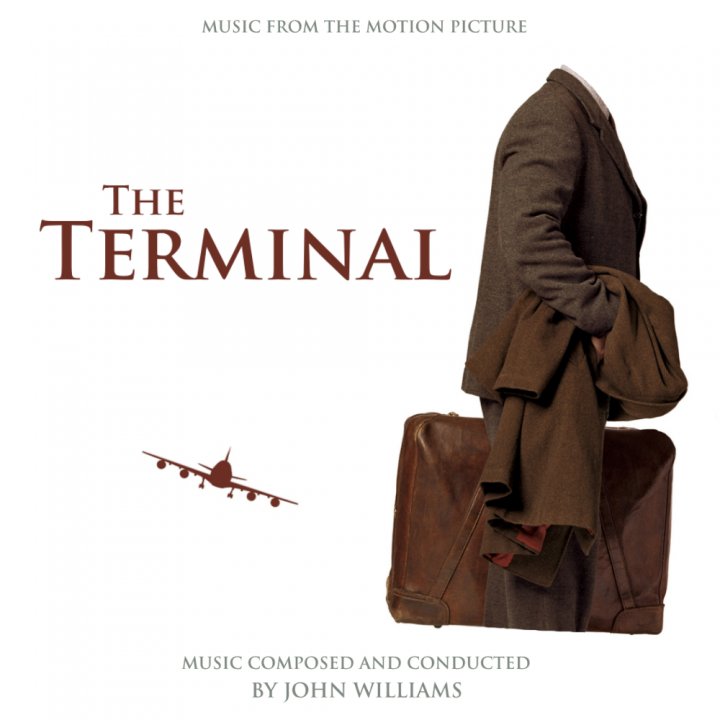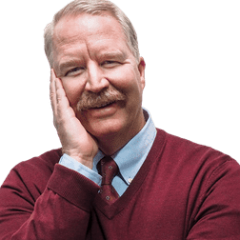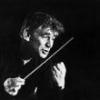Leaderboard
Popular Content
Showing content with the highest reputation on 12/09/21 in all areas
-
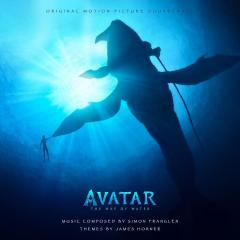
What Is The Last Score You Listened To? (older scores)
Not Mr. Big and 4 others reacted to Mr. Who for a topic
I never understood the criticism that Skyfall and Spectre don't use or pay homage to the the bond theme. Both scores, and especially Spectre do it arguably more than Arnold did, at least in Casino Royale and Quantum of Solace. Newman doesn't just straight up play the theme as a needle drop, but actually builds his writing in a lot of cues around different parts of the bond theme, both rhythmically and harmonically, where he might take just a few bars of the theme and inverts them or use them as an action motif or as an accompanying line. The use of the theme is just less obvious than in some other bond scores but in my opinion it's just as good. Just a few of many examples from Spectre would be Los Muertos Vivos Estan, Detonation, Backfire, Safe House, Westminster Bridge. In Spectre the title song is also used once in the score and the same thing is true in Skyfall where the cue Macau Casino is a cue based mostly on the song theme with hints of the bond theme. I love Newman's bond scores and think the criticism that they aren't bond scores in their DNA to be completely wrong.5 points -
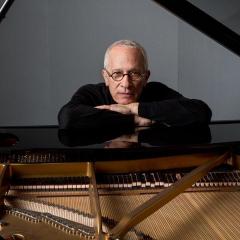
The Matrix Resurrections (Fourth Matrix film)
Docteur Qui and 2 others reacted to Edmilson for a topic
I liked the sequels when I was a teenager. Then I watched the trilogy again last year, and while 2 and 3 are not amazing, they're not as horrible as the internet would make you think. And Davis' score is excellent.3 points -
After two weeks of listening to this I have to say this is a real masterpiece. The film score recording is a real treasure. Such a great score with so many surprises and interesting musical monents! Best release in a long time, at least for my personal taste.3 points
-
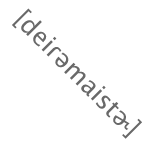
How do you name commonly named tracks (e.g. Main Title)
Once and 2 others reacted to Datameister for a topic
Better question, yeah. I fix them. I fix capitalization, too - a much more frequent issue with record labels of all sizes. I don't know why overcapitalization is so rampant.3 points -
Also, some of "The Great Dual [sic]" was still used as intended in the film. The cue was split into two separately recorded pieces, with some music in the middle never being recorded. From the first part, there's the quiet, swirly passage just after the laser walls go up; from the second part, there's the percussion for the queen's surrender (although they took out the piccolos) and the music for Anakin's crash.2 points
-
Mike Matessino confirmed in a recent podcast that this is indeed the case. He'll go to Berlin directly from Boston.2 points
-
2 points
-
JW is on 30th September and October 2 & 3 in Boston. He will conduct the BSO. I´am absolutely sure when this events will take place, then Berlin will also take place. I think he will fly to Berlin very early to prepare. Maybe after some days rest in Boston . I think he will not fly back to LA because the Boston - Berlin flight is significantly shorter and without switch the plane. And i think JW will that the Berlin concerts will take place necessarily because its a dream for him to conduct this orchestra, similar to the Vienna Orchestra last year.2 points
-
I think a better question would be: when there's typos on track names, do you keep them or do you correct them? For example, JNH's Mockingjay Part 1 has a cue named "Taunting the car" when the correct name should've been "Taunting the cat".2 points
-
What is your dream program for the Berlin concert?
Raiders of the SoundtrArk and one other reacted to Chanelnelly for a topic
Tbh I'm fine with the usual choices however what I REALLY want added: Reunion of Friends - Harry Potter and the CoS Rescuing Sarah (film version)- Jurassic Park Lost World Toy Planes - Empire of the Sun Not going to happen but one can dream. 😊2 points -
I have no doubt, that the three concerts in Berlin will take place. I´am sure that JW will be vaccinated and in October we have 3G or maybe 2G for people who want see the concert. The Berlin Philharmonic is open for 2000 people. They have a special climate System installed. If the concerts would be cancelled they would have already done it. A new Lockdown is excluded from politicans in germany. Another fact is, that JW must not in quarantine in germany because he will be vaccinated. So i see here absolutely no problem for the concerts...2 points
-
A major part of the brilliance of the score is the way Alan Menken and Stephen Shwartz incorporated sections of the Latin text of the Requiem Mass and the Kyrie into the score. It not only applies to what is happening on screen; it adds a richer and deeper subtext. Even the Fractio panis is sung at one point in the score (refer to OST track “Humiliation”). The transition from Heaven’s Light to Hellfire is the Confiteor, and part of it is also juxtaposed during Hellfire. The Confiteor is a prayer where one honestly and truly confesses to God one’s sins and asks for forgiveness and intercession; this contrasts with Frollo. Sanctuary is the highlight and explicitly includes a great majority of the Latin text of the Requiem Mass, as does And He Shall Smite the Wicked. The Bells of Notre Dame, The Pillory, Heaven’s Light/Hellfire, Find the Girl, Sanctuary, And He Shall Smite the Wicked; all of these cues incorporate the Latin text (Kryie eleison is Greek, of course).2 points
-
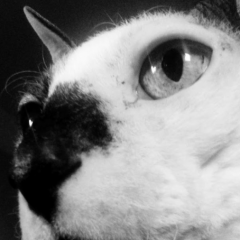
The Custom Covers Thread
Mr. Who and one other reacted to bruce marshall for a topic
2 points -
https://www.lynnharrellfoundation.org/lynn-harrell-in-remembrance1 point
-
Hi everyone. I thought it might be useful to put together a listening guide of sorts for Williams's second violin concerto. This struck me as appropriate given how it's going to be heard in performance again fairly soon. Also, the piece, particularly its first movement, is fairly difficult to grasp on first listen! I've only put together a guide to the first movement (by far the most challenging), but if this is indeed helpful I'll consider doing the other three--or maybe someone else would like to. It's quite difficult to do this without a score, to put it mildly, so take everything here as provisional. I'm surely missing quite a lot of important details... Listening Guide for John Williams, Violin Concerto 2 MOVEMENT 1: "PROLOGUE" Overall, the most formally loose and spontaneous-seeming movement, fitting given Williams's striving for a "quasi-improvisatory" character. Not a truly non-repetitive piece, however: there are both aspects of inner-movement unity and some subtle prefiguring of material to come, particularly the concerto's principle "leitmotif" introduced in the 2nd Movement. The unpredictability of the music on a measure-to-measure level is compensated by an extremely clear division of 6 large-scale sections, summarized below. More in-depth account: SECTION 1 – INTRODUCTION 0:00 Quiet, slow introduction showcasing harp, supported by bed of strings. Shape of opening harp melody (D3-E3, D3-E3-C3-A3-D3) vaguely anticipates some later motivic details. First harp-based subphrase tonally centered on B♭-lydian, with contrasting Gm6(♭13) in middle. Second, string-based subphrase more dissonant, melodically disjunct. The third, once again harp-based subphrase coalesces on Dmaj6/min chord. 1:11 Introduction of soloist. Violin begins with repetition of note F4, giving bluesy quality to faint D-major tonality maintained by strings/harp. Melodic D tonic flanked by tritones A♭4 & G♯3 above and below. Progressively expands range upward, with what will become a quasi-motivic repeated note figure, here on B♭4 and E♭5. Thinner texture and new harmonies (F♯m and A-dim) and octatonic scale-fragment in violin at 1:50, followed by downwards chromatic cascades and melodic peak of E♭6. Unaccompanied violin sags glumly back downwards. SECTION 2 – FAST AND TURBULENT 2:24 Pulsing, agitated pattern in orchestra midrange on dissonant harmony (A3+B♭3+C4+ D♭4), supported at unpredictable intervals by rising bass-figure starting on low D. Violin gathers energy with repetition of Eb4, proceeds to a flowing, unpredictable musical thought, up to the first of several big orchestral swells marked by dissonant chord and percussive punctuation that swallows up soloist. 2:46 Violin reasserts itself over motivic rising bass-figure. Pace of textural and melodic change speeds up considerably, and music becomes increasingly key-less, violin and orchestra exchanging frenzied, short-lived ideas. Particular prominence to harp, timpani, clarinet. Low-strings trace downwards arpeggio of important Gm9 chord, echoed by violin (3:09), and Em9♭5, F♯dim7. 3:16 Lighter but more dissonant texture. Spiky, progressively accelerating violin writing against unpredictable staccato wind and pizzicato bursts. 3:33 Arpeggiating eighth-note figures in low strings resume, now upwards (D2-B♭2-D3-G2-C3-E♭3, etc.), quickly losing tonal focus as another dissonant tutti swell overtakes violin, followed by brief timpani solo (3:44). 3:46 Purely orchestral climax. Dissonant pitch pyramid assembled over B pedal. Similarly vaulting bass figures under now unified upper strings in octaves on urgent melody, arching upwards in successive swells. Pulsing/sustained brass and string melody help refocus tonality onto D, and downwards chord progression (D--C--B), while dissonant, can be referred to D-center. Ends on a shrieking tutti cluster, similar to opening sonority of section but greatly intensified. SECTION 3 – SLOW AND TRANSPARENT 4:23 Dreamy extended-tertian sonorities, starting with and centered on Gm13 (chord anticipated at 3:11, arpeggiated texture anticipated at 3:33). Violin enters with comparatively lyrical theme with pronounced downwards-moving trajectory. Tonality shifts to Dm, moving stepwise to Fm. Melodic shape heard in passing at 5:00 (F5-E5-G♯5-C5) seems to anticipate the recurring “leitmotif” of movements 2 & 4 -- you know, the one that sounds a bit like "Moonlight" from Sabrina. 5:10 Clear sense of tonality dissolves, violin becomes more agitated, emphasis on dotted rhythms, brief mini-solo of dissonant stops (5:18-5:22). Followed by dense, highly dissonant wind-ensemble writing, drawn from immediately preceding violin solo and segueing back into it. 5:39 Deep, dark minor chords (C♯m--Caug) prepare a catchy but ominous melody for solo violin built on double-stops (parallel minor 6ths), again with contour (A♭4-A♭4-G4-B4-C4) that anticipates shape of recurring leitmotif from mvts 2 & 4. 5:50 Busily spinning passagework for violin and glittering accompaniment, foreshadowing movement 2, recedes to background to allow brief flute solo (B♭4-A4-E5-G5-F♯5-F♯4) in E-minor, suggestive but as far as I can tell not motivically derived from anything else. Violin follows-through with flute melody, seamlessly moving to a… 6:20 Pre-cadenza for violin and harp, again with elements of flute melody (G6-F♯6-A5…B♭5-D♭6-C6-C5) SECTION 4 – CADENZA 6:50 Succession of contrasting technical and expressive ideas, not a huge degree of thematic connectivity with preceding sections though fairly consistent within its own scope. (Substructure: Downwards Em/B♭ chords—leaping octave pairs—compound melody (E6-D♯6-B5-A♯5, D♭6-C6-A5-G♯5)—trills—resigned droop—gathering energy—ascending melody over pedal—arpeggios—trills—melody reminiscent of VC1—ascending passagework maxing out at A6—descending, harsh stops, ending with repeated D4.) SECTION 5 – BROAD AND CLIMACTIC 8:38 Rather spooky melody for violin (F♯4-D5-B♭6-F♯5) over brief suggestion of B-minor. Quickly yields to new material for orchestra, with massed brass, strings in octaves, and thick, repeating wind quasi-fanfares, all grounded over low C-pedal (C-A♭-D♭-G chord?). Classic JW concert music stuff (c.f. For Seiji, Soundings, Heartwood, etc.). Much of this seems to respond vaguely to material introduced in the Cadenza. 9:00 Almost aleatoric sounding passage for harp, solo high winds, pizz strings. 9:09 Emphasis on low winds and strings. Recollection of ascending bass figure from 3:33 (now E2-B2-D3, F♯2-B2-E3) 9:14 Climax building really starts in earnest. Wind chords seem to outline violin’s spooky melody from start of section, against aggressive massed-string section counterpoint, ending on bright, dissonant wind chord. 9:25 Violin solo reasserts self, now more actively interacting with rest of orchestra. Strong sense of rhythmic and harmonic acceleration, climax building pauses after timpani interjection (9:40). 9:48 Final, rapidly attained climax, fastest solo violin writing; impression of huge sweeping motions from whole orchestra, culminating on a huge tutti chord of characteristically JW-dissonant flavor (A-C-E- F-A♭-C♭) SECTION 6 – AFTERMATH AND CODA 10:11 Instantly quiet, clear duet for harp and violin. Clear reminiscence of beginning of Section 3, via repeated harp arpeggio of extended triadic sonority, this time F♯m11(b♭13) instead of Gm11(nat13). Meditative violin solo above, not clearly connected to previous themes. 10:40 Quiet upwards scurrying from violin, reaching high B6, followed by abrupt, staccato motif (second phrase accompanied by four dissonant pizzicato chords from rest of string section). 11:03 Violin settles on sustained low A♭3, against resonant F2-A1 bass support on harp. Full fade-out by 11:16.1 point
-
The Matrix Resurrections (Fourth Matrix film)
Nick1Ø66 reacted to DarthDementous for a topic
To be fair there is precedent for this, namely in the Architect’s TV room in Reloaded.1 point -
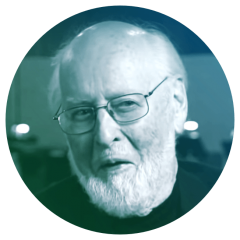
The Matrix Resurrections (Fourth Matrix film)
Not Mr. Big reacted to toothless for a topic
The trailer alone is better than any glorified-TV-Movie ever produced by Netflix.1 point -
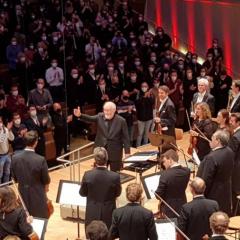
THE EIGER SANCTION (1975) - 2021 2-CD Expanded Edition from Intrada Records
Jurassic Shark reacted to Steve for a topic
Only an out-of-tune accordion1 point -
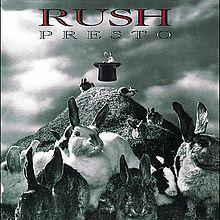
What Is The Last Score You Listened To? (older scores)
Bespin reacted to Naïve Old Fart for a topic
Good luck...you're gonna need it1 point -
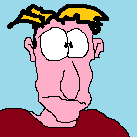
The Matrix Resurrections (Fourth Matrix film)
Edmilson reacted to GerateWohl for a topic
Anyone else thinks, they should have cut the action scenes in the sequels to at least half as long and therefore merge 2 and 3 into one long movie. I think, that would have been a better sequel. But even this way I liked the sequels. And the Animatrix as well.1 point -
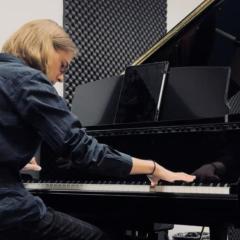
John Williams & Berliner Philharmoniker 14th/15th/16th Oct 2021
Fabulin reacted to michael_grig for a topic
1 point -
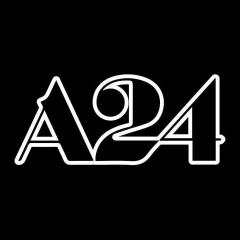
The Matrix Resurrections (Fourth Matrix film)
Docteur Qui reacted to A24 for a topic
While the first one is the only really good movie, they are all watchable, IMO.1 point -

Are 99% of Mainstream Movies Today Garbage?
Jurassic Shark reacted to A24 for a topic
When I look at one single year from the Seventies, I see theatrical releases from Scorsese, Altman, Pollack, Spielberg, Coppola, De Palma, Allen, Kubrick, Fellini, Bergman, and the list goes on. What do you mean things haven't changed?!1 point -
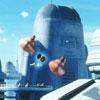
What Is The Last Score You Listened To? (older scores)
GerateWohl reacted to Bespin for a topic
Ok, this morning I do it. I'll try it for the first time! But just before, a little mise en bouche! Herrmann - Vertigo Then... Williams - Images (remastered OST)1 point -

Are 99% of Mainstream Movies Today Garbage?
Jurassic Shark reacted to GerateWohl for a topic
Very good point. Let's focus on the good one percent and ignore the rest.1 point -
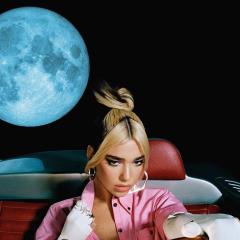
Are 99% of Mainstream Movies Today Garbage?
Raiders of the SoundtrArk reacted to Richard Penna for a topic
(Original question) No, and it would be nice if we focused on the positive things. Same goes for those endlessly complaining about 99% of scores being rubbish, and lamenting about how so much crap is released (I'm referencing a prior discussion here). Just ignore the stuff you don't like!1 point -

Upcoming Films
Naïve Old Fart reacted to A24 for a topic
No Richard, not maybe. You think Moonfall or Emmerich will be a great platform or opportunity for him to do his thing?! Just stick to Little Children (not literally, of course).1 point -

What Is The Last Score You Listened To? (older scores)
Not Mr. Big reacted to A24 for a topic
Sounds good. Warm (those muted strings!), intimate and, of course, autumnly. Nice. Love when the classical guitar ends the melody in a flageolet (harmonics) note. Doesn't sound so good. The orchestra sits too far away and the aural exciter (or whatever effect they used) is severely abused here, causing too much artifacts in the treble. Not a fan of the movie or the soundtrack but Hatching Baby Raptor is nice and strongly reminds me of the music he wrote for A.I.. Not sure if there is a remastered version but I listened to the original release.1 point -

John Williams & Berliner Philharmoniker 14th/15th/16th Oct 2021
Raiders of the SoundtrArk reacted to toothless for a topic
73.6% first shot and 69% second shot in France so I sure hope I will be able to travel to Germany and there won’t be any restriction 🤪1 point -
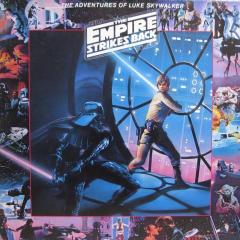
THE EIGER SANCTION (1975) - 2021 2-CD Expanded Edition from Intrada Records
bigjimwilson reacted to Tallguy for a topic
@Thor I have no idea how this score got on my RADAR. There are tons of JW scores that I don't know, especially from the 70's. But it did and I have loved the original album ever since. So this was a must buy for me. And I LOVE these CDs!1 point -
This is one of their best JW performances yet. They seem to be much improved. I hope they keep up the JW content.1 point
-
Answering yes is the cowards answer. Movies are an ever evolving craft. They don't necessarily speak to all of us but they speak to those its meant too. The overtly cynical JWFans here will say yes but they are incorrect. None of us here see 99% of all films, hell none of us see more than probably 10 % of the films released each year.1 point
-
"Movies these days suck, unlike in the 60s/70s/80s, when they were great! Yadda yadda yadda!"1 point
-
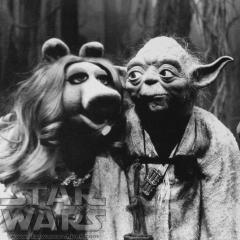
THE ADVENTURES OF HAN - 2018 John Williams theme for Solo: A Star Wars Story
Cerebral Cortex reacted to igger6 for a topic
The Film Symphony Orchestra just debuted their performance of AoH, and it rocks! Give it a look and fall in love with this piece all over again! These guys should do a Blu-Ray…1 point -
William Ross, oh dear. JWfan will go crazy1 point
-
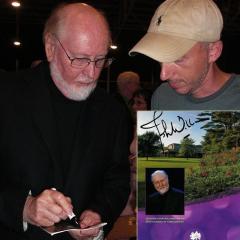
Your stories of how you met John Williams
GerateWohl reacted to Sandor for a topic
I've told this story before, but back in the Summer of 2010 my wife and I spent several weeks in the US. We started of in San Francisco, went to LA, Vegas, the Grand Canyon and we drove as much as we could of the historic Route 66 to Chicago. From there we flew to Florida and after a week or so took a plane to New York. Just before heading out to Washington DC, we -on August 3- drove to Tanglewood for my first -and only- John Williams concert. Now I knew it is quite rare to get an autograph at Tanglewood, let alone have the chance to share a few words with John Williams, so therefore I was very content with the prospect of 'just' seeing the maestro conduct. Upon arrival, I got my first chance to see the program of the evening. To my slight disappointment, I saw that Williams would only conduct the second half of the concert and that Keith Lockhart would conduct until intermission. Just before the concert started, my wife whispered: 'Isn't that John Williams?' I wanted to respond with something like: 'No, that is Keith Lockhart...', but I noticed she was pointing at someone in the audience. And there he was, sitting about 20 meters away from where we were seated: John Williams (can you spot him?) He wasn't backstage waiting for his moment to shine, no: he was sitting enjoying the concert like anyone else attending that day. At the start of intermission, I expected Williams to make his way to the dressing room or whatever, but I noticed he stood up and amicably talked to some people around him. With my heart pounding I slowly approached John Williams and from there things start to get blurry. I know I got to shake his hand and he signed the program booklet I got at the entry point. I know John Williams was the one who suggested signing it on the upper left corner since there is would be most visible. And I know I said I came all the way from The Netherlands and he said: 'Oh, that's wonderful! Enjoy the rest of the concert my friend!' 'My friend.' Wow. Williams conducted the rest of the program, but I was in a completely different world at that time. In a way, I still am. It was a true highlight in my life and a memory I will cherish forever.1 point -
What is your dream program for the Berlin concert?
Remco reacted to Joni Wiljami for a topic
I'm happy Mutter isn't there. Loved her with the 2. concerto but the encore was awful in TW. I agree with eitam about Yoda's theme, wonderful in the film but in concert of this caliber, meh. Great arrangement with ASM doesn't help. I loved Vienna concert but it was too much ASM.1 point -
Does anyone remember any of the interviews where JW has discussed his daily work schedule? Just curious. I remember this interview from 2019: https://www.jwfan.com/?p=12355 But I feel like there were other articles where he talked about how he likes to schedule his work, when he goes for walks to clear his mind, how he works in solitude for much of the day, etc. I remember being very fascinated by his work flow (which is obviously very different from how most ordinary professionals in other industries work).1 point
-
Well, not really. If you listen to the full interview he mentions that the breakfast consists of a half of a box of Count Chokula and two Krispy Kremes. This seems also to explain the regular two-hour nap he takes after breakfast. He skipped the breakfast once. By the end of the day he had begun and finished America, the Dream Goes On.1 point
-
He gets up at the same time every day and eats the same breakfast every day? That's madness!! He's also said he takes Sundays off, but that might just be when he doesn't have a deadline looming like a Star Wars score that requires millions of notes!1 point
-
1 point
-
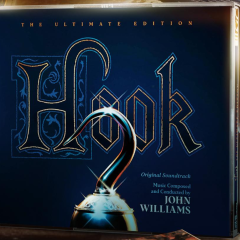
The MCU - Marvel Cinematic Universe
DarthDementous reacted to Jay for a topic
It's kind of funny that Giacchino is scoring the film full of the Raimi villains from the Elfman-scored Spider-man films, while Elfman is scoring the Raimi-directed sequel to the Giacchino-scored Dr Strange....1 point -
So happy that we have been getting such a healthy mix of expanded scores from across the JW timeline over recent years! Each decade from the 1960s to the 2000s have been well represented. Here's what I'm seeing for remaining 1970's scores that are "future-proof" eligible, correct me if I'm mistaken: Story of a Woman Jane Eyre The Screaming Woman The Paper Chase Cinderella Liberty Conrack Sugarland Express Star Wars1 point
-
There’s a lot of radio activity for this album happening from Saturday, in addition to the Legacy interview with Mike Matessino. 7th Aug: RTE Lyric FM will premiere 2 tracks personally introduced by Mike M. This is on Aedin Gormley’s 1-4pm show. 9th Aug: Scala Radio will premiere a different cue during their 9-10am Screen Time hour with Charles Nove. 12th Aug: Belfast247Radio will play a favourite remastered (!) cue introduced by Mike M on my own show between 7-9pm 14th Aug: ClassicFM will play a track on Bill Turnbull’s show between 11:30am - 12noon. Hopefully you’ll get a chance to hear some of the above (all U.K. & Ireland based).1 point
-
I always thought the main title would have made a great addition to the pieces JW recently reworked for Anne-Sophie Mutter.1 point
-
This lineup is my dream.1 point
-

Furiosa: A Mad Max Saga
Jules reacted to bruce marshall for a topic
I wouldn't be in that film for anything. Not after seeing the doc about FR!😵1 point

